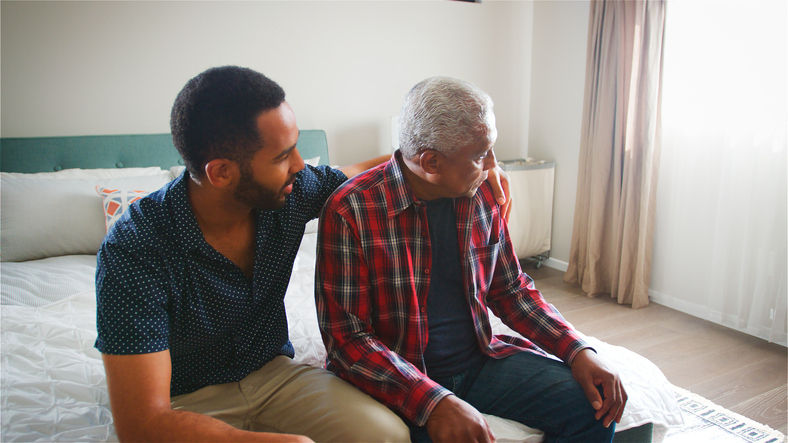Gratitude and Caregiving
- Elder Care Law Blogger
- Sep 11, 2020
- 2 min read
Updated: Oct 6, 2022

Gratitude practices have really taken off in the last few years, largely due to the positive psychology movement. So, what is gratitude? How can you truly express gratitude for your life circumstances? And why should you? What are the benefits of expressing gratitude especially if you’re a family caregiver?
Gratitude is defined in the Cambridge Dictionary as the feeling or quality of being grateful. Giving gratitude is more than something you say or do – it’s how you feel. Interestingly, it comes from the Latin word gratus which means showing thankful appreciation for a person’s kindness. You may have noticed that gratitude contains the word attitude, and anyone can cultivate an attitude of gratitude.
How Can You Express Gratitude?
Now that you know what gratitude is, how can you make it a regular part of your day? Are there certain habits that you can develop? The answer is yes. Here are a few tactics you can choose from:
Write in a journal – Probably the most common technique for expressing gratitude is to write about it. Make a list each day of three things you’re grateful for. If you’re a caregiver, it may be that you had an hour to yourself, that someone brought you a homemade meal, or that you received a smile from your loved one. If it seems like too much to come up with three things, start with just one.
Acknowledge to yourself – If writing in a journal isn’t your thing, that’s okay. Create a practice where you sit quietly for five minutes each day to reflect on your blessings, including your own strengths and contributions to caring for another person. Combine it with deep breathing exercises, shown to lower blood cortisol levels due to stress, which can have positive health outcomes for caregivers.
Acknowledge other people – Caregivers can’t care for a person 24/7 by themselves. Express your thanks out loud to the people who support you. Let them know that you appreciate all that they do for you and they’ll likely return to help you again. As Oprah Winfrey said, “Be thankful for what you have; you’ll end up having more. If you concentrate on what you don’t have, you will never, ever have enough.”
Send a weekly thank you card to someone – Beginning a gratitude practice shouldn’t feel overwhelming or that it’s one more chore that a busy caregiver must check off the list. If a daily practice seems like too much, start with a tangible task that can be easily completed in just a few minutes such as sending a thank you card to one person each week.
What are the Benefits of Gratitude?
Expressing gratitude won’t be the magic bullet that makes your life effortless or joyful every moment of the day. However, it has been shown to help reduce feelings of anger and negativity. Scientists have discovered that people who practice gratitude sleep better, have reduced stress levels, improved eating habits, lowered risk of depression, decreased pain levels with arthritis and fibromyalgia – all outcomes that caregivers can benefit from.
As a busy caregiver, beginning a gratitude practice is perhaps one of the easiest and most effective steps you can take – for yourself, the person you care for and the people who support you.







Comments